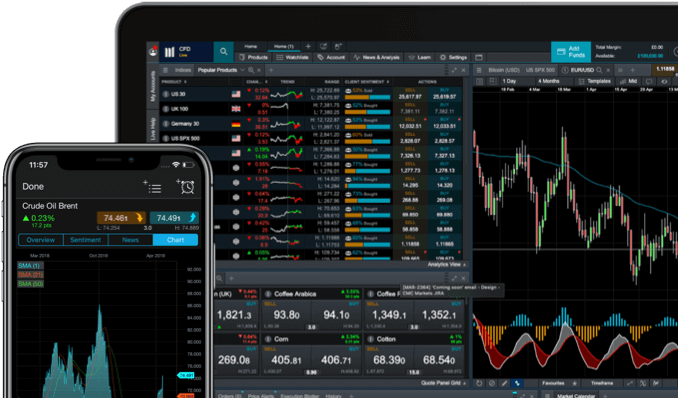Whether a person both trades and invests, or chooses just one activity, depends on their goals and other personal factors such as time, funds, and personality.
If your primary goal is to grow a portfolio to eventually sell in retirement, then you could consider investing, as some benefits of this includes collecting regular dividend payments and compound interest over time.
If you want to make gains comparatively quickly and benefit from your market analysis in potentially a matter of days (if your analysis is correct that is), then trading may be a more viable option. However, this depends on each individual trader and you should conduct the necessary research and risk-management before making a decision. Many people will decide that they want to both invest and trade in the short-term utilising different time horizons.

















